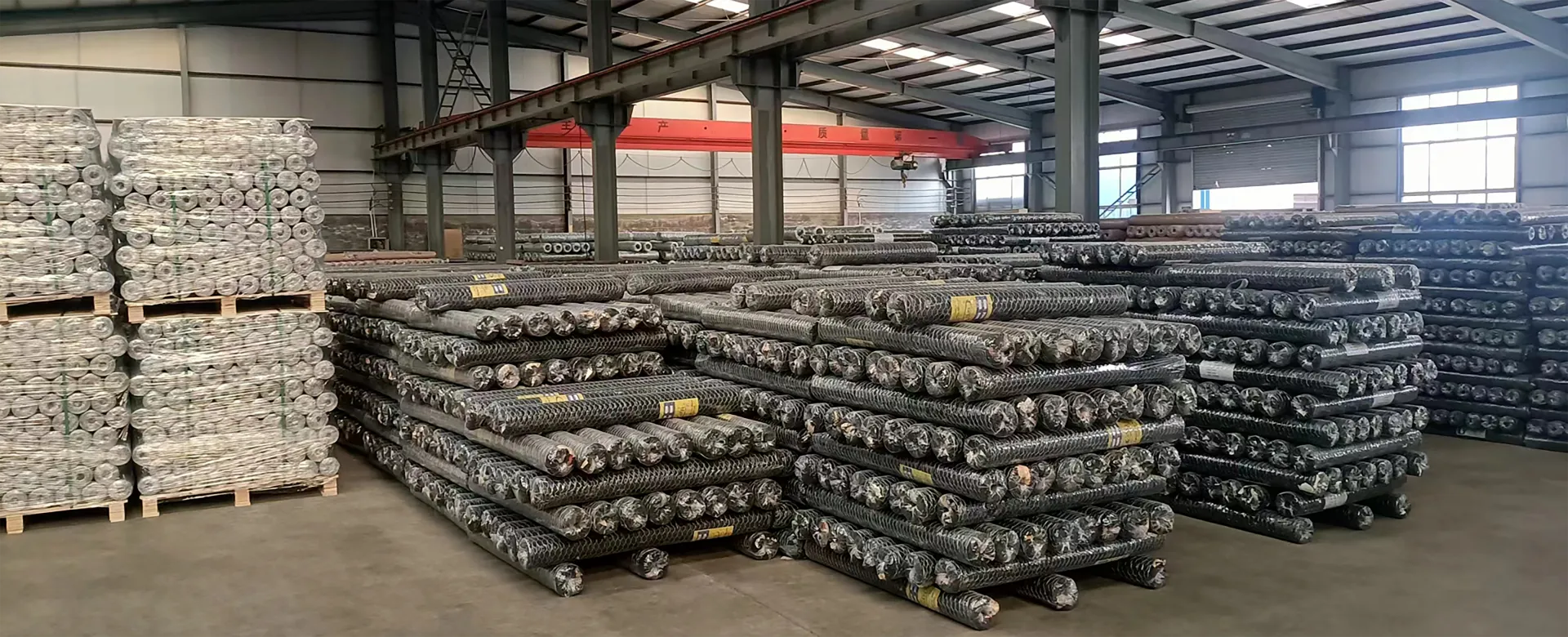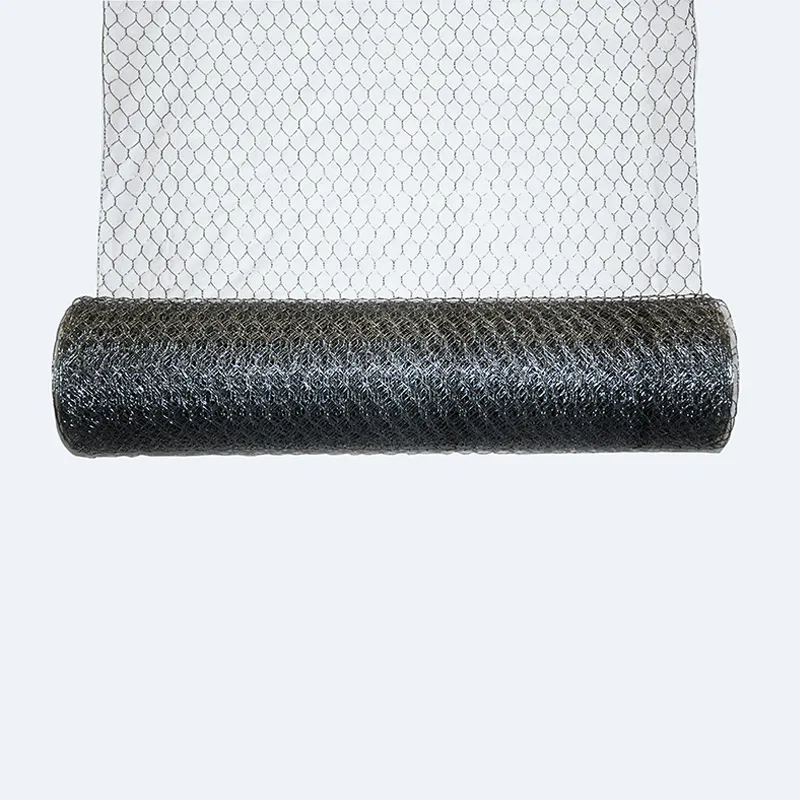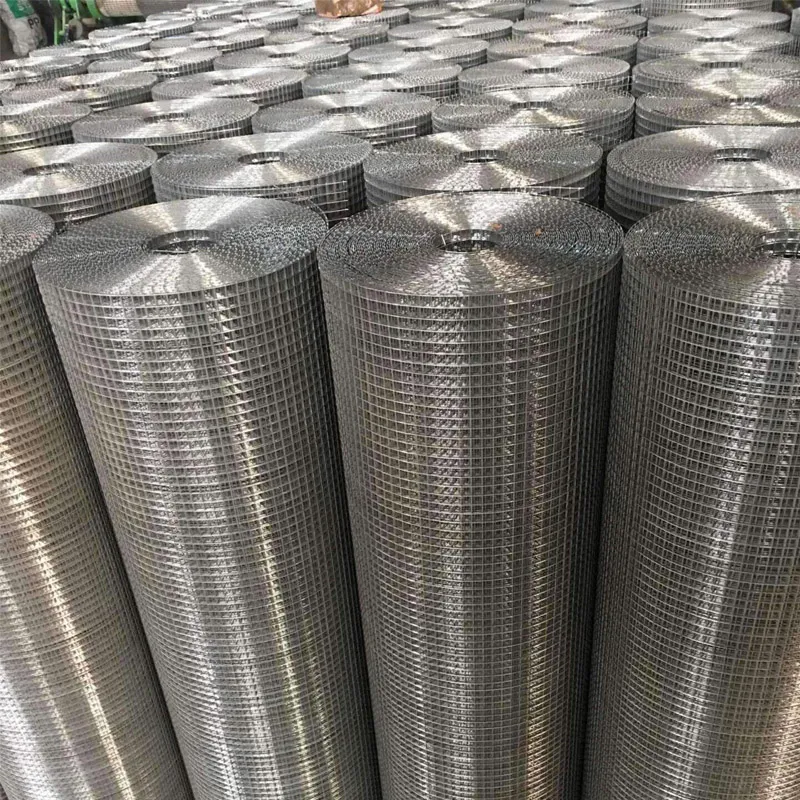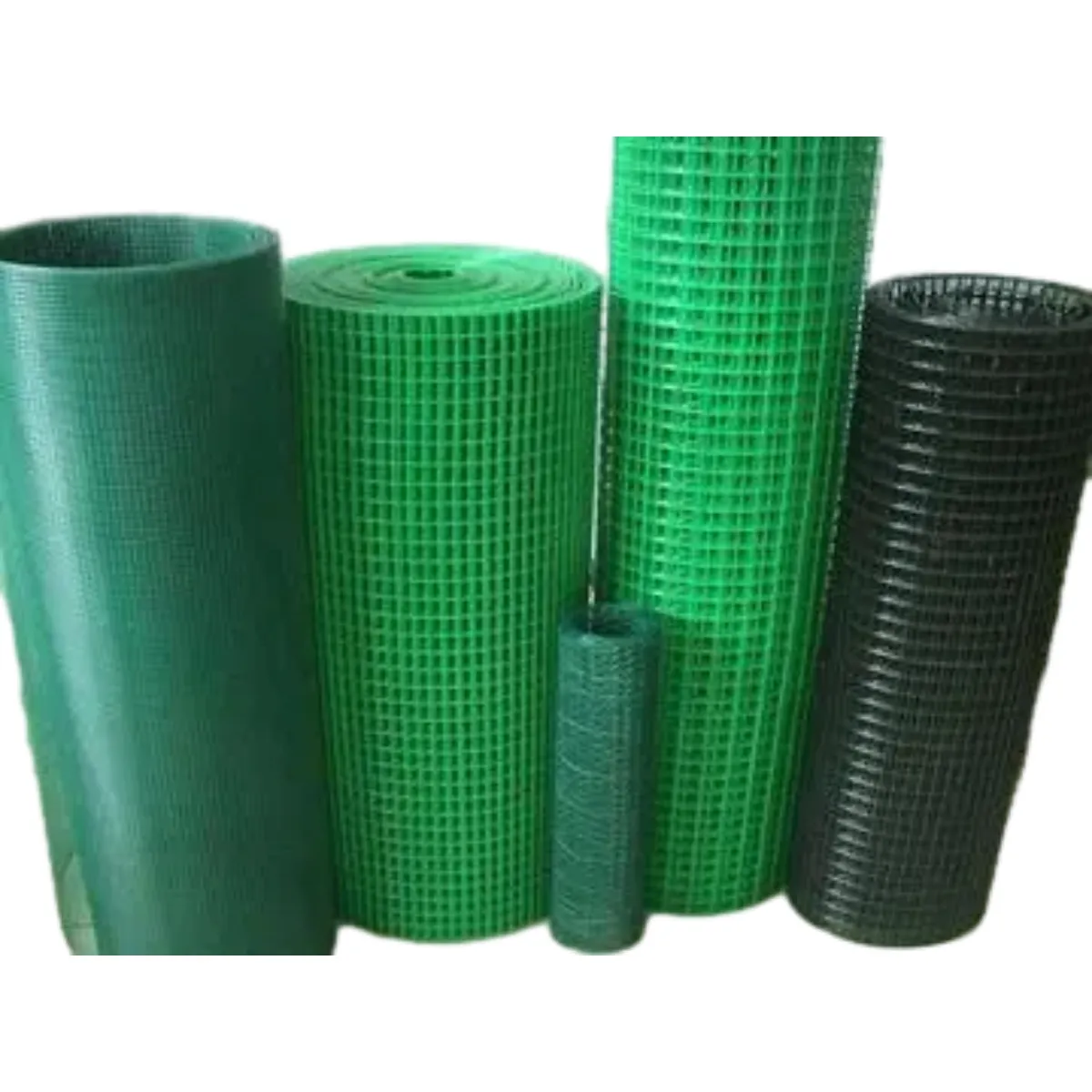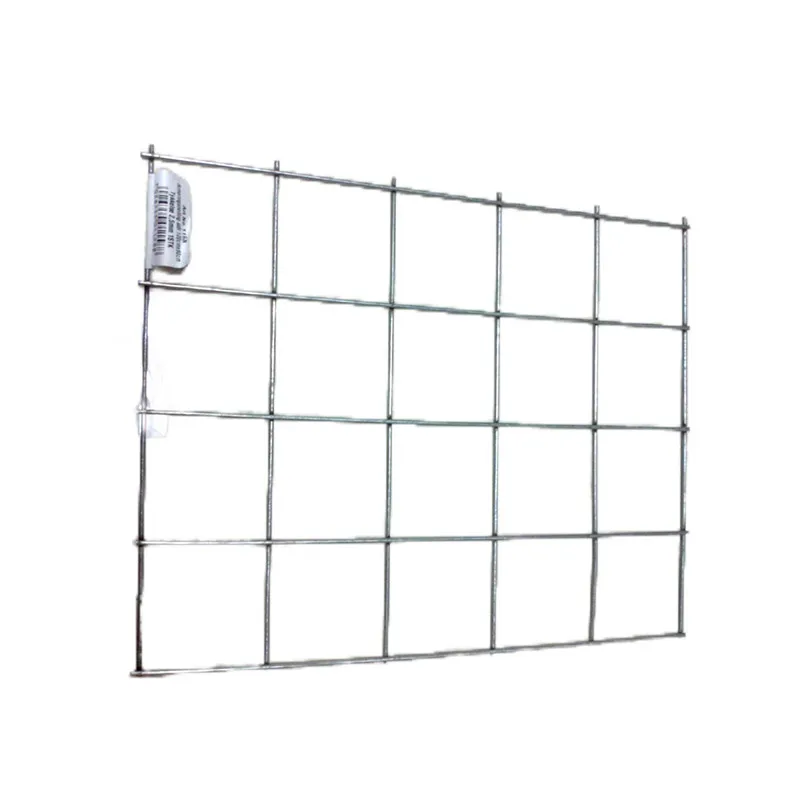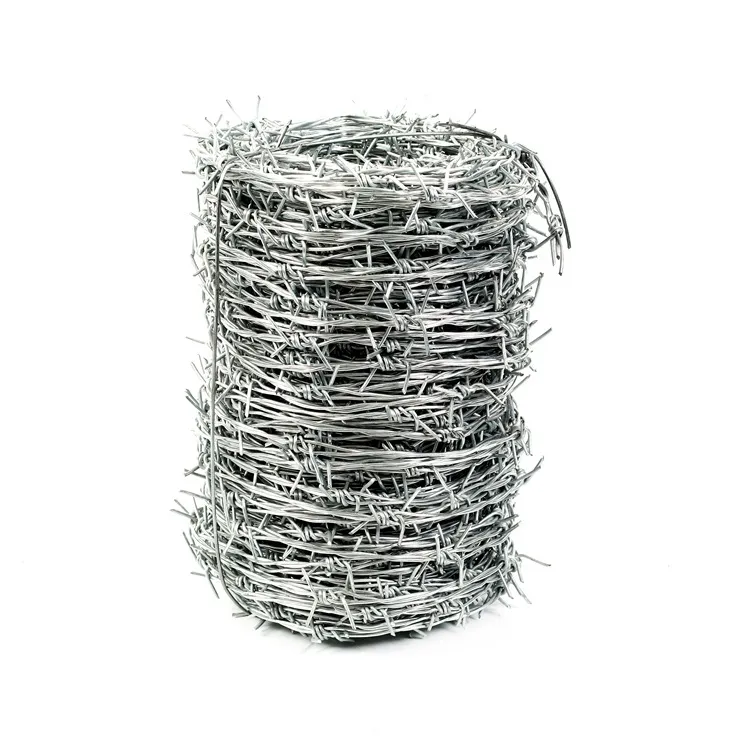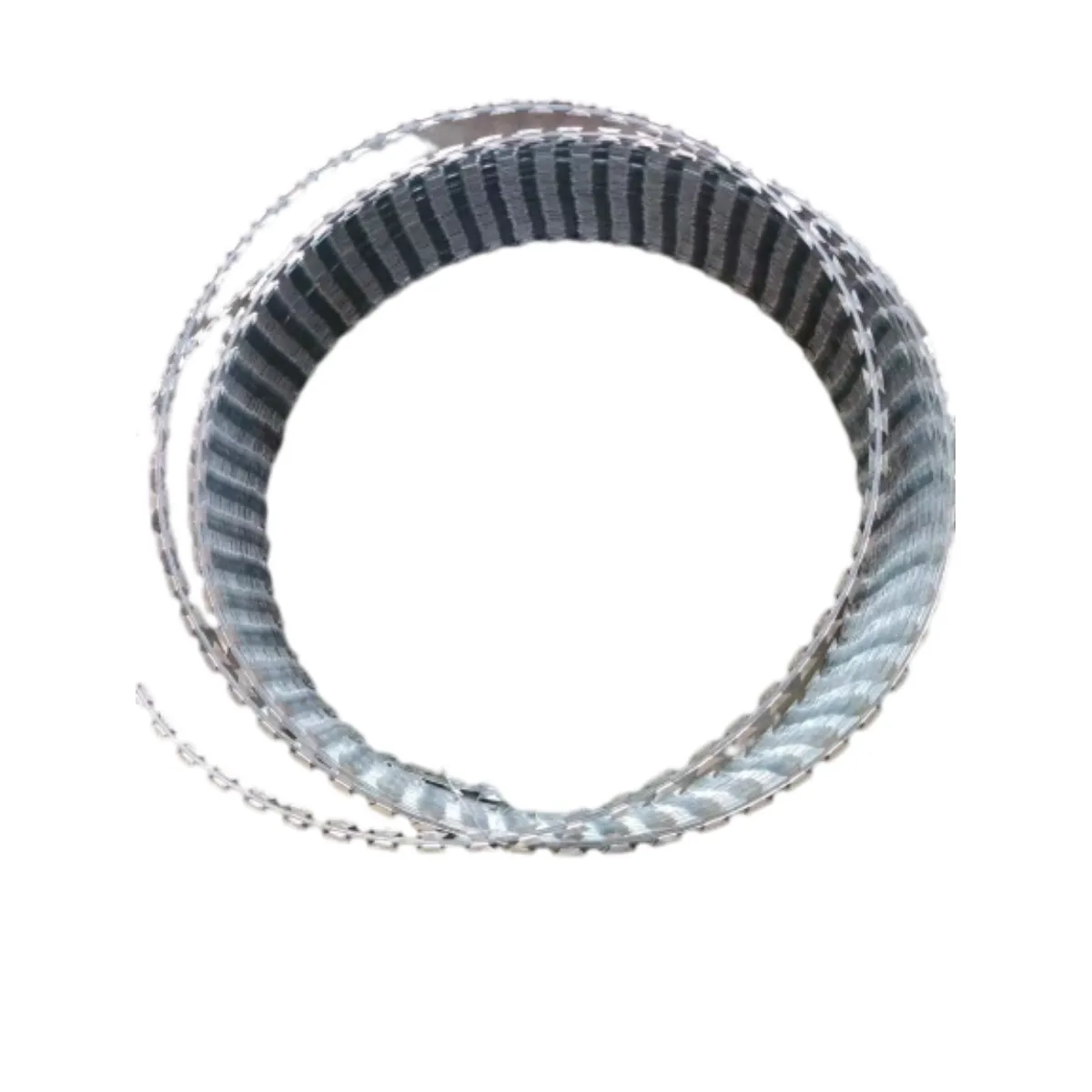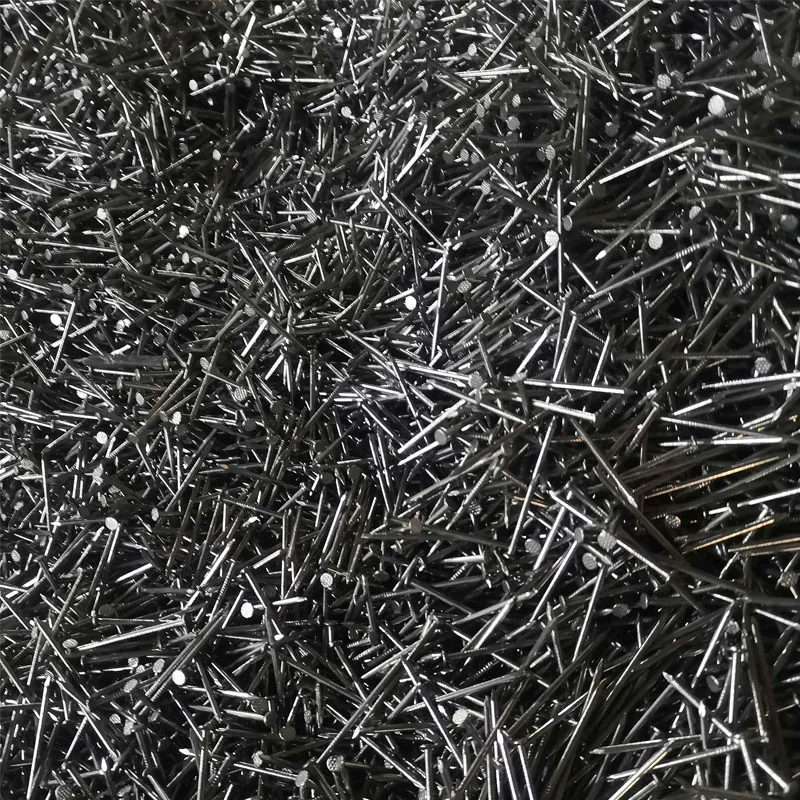Aug . 13, 2024 01:46 Back to list
Versatile Applications of Hexagonal Wire Netting for Garden Fencing and Industrial Use
The Versatility and Applications of Hex Wire Netting
Hex wire netting, commonly referred to as hexagonal wire mesh, is a versatile and durable material used in a wide array of applications across various industries. Characterized by its hexagonally shaped openings, this type of wire netting offers strength, flexibility, and reliability, making it a popular choice in construction, agriculture, and landscaping.
Construction Uses
In the construction industry, hex wire netting is frequently utilized for reinforcing structures. Its ability to hold materials together makes it an essential component in applications such as plastering and concrete reinforcement. By embedding hex wire mesh into concrete, builders can enhance the tensile strength of walls and floors, ultimately increasing the lifespan and durability of the structure.
Moreover, hex wire netting is often used as a form of safety barrier in construction sites. It can effectively keep debris from falling off scaffolding or ledges, helping to protect workers and pedestrians. The mesh design also allows for visibility, ensuring that individuals can see through it while remaining secure—an essential feature in busy urban environments.
Agricultural Applications
In agriculture, hex wire netting serves numerous purposes, particularly in protecting crops and livestock. Farmers utilize it to create enclosures for animals, safeguarding them from predators and preventing them from straying into dangerous areas. The sturdy nature of hex wire makes it an ideal candidate for fencing, providing a reliable barrier against external threats.
Additionally, hex wire netting is employed in gardens and farms to support climbing plants
. By forming trellises or supports with the mesh, gardeners can encourage plants like tomatoes, peas, and beans to grow vertically, maximizing space and improving air circulation. This method not only promotes healthier growth but also simplifies the harvesting process.hex wire netting

Landscaping and Erosion Control
Hex wire netting plays a significant role in landscaping as well. It is commonly used in erosion control, particularly on hillsides and steep banks. By securing stones or soil with hexagonal wire mesh, landscapers can prevent soil erosion caused by rain and wind. The netting holds the material together, allowing vegetation to grow and stabilize the soil over time.
Furthermore, hex wire netting can be used creatively in decorative landscaping projects. With the ability to mold and shape it into various designs, landscapers can incorporate the mesh into fences, garden borders, and even art installations. This adaptability allows for innovative designs that enhance the aesthetic appeal of outdoor spaces.
Environmental Considerations
In recent years, the demand for sustainable materials has grown, and hex wire netting is no exception. Many manufacturers are exploring eco-friendly options for wire mesh production, utilizing recycled materials and environmentally conscious methods. These advancements facilitate a more sustainable approach to construction and agriculture, aligning with the global push towards greener practices.
Conclusion
Hex wire netting is more than just a simple material; it is a multifaceted solution that addresses various needs across multiple sectors. From reinforcing structures and protecting crops to enhancing landscape designs, its applications are extensive and diverse. As industries continue to evolve and seek innovative ways to improve durability and sustainability, hex wire netting will remain a crucial component in the toolkit of builders, farmers, and landscapers alike. Its strength and versatility ensure that it will remain a relevant and reliable choice for years to come.
-
The Role of Field Wire Fence in Grassland Conservation
NewsJul.15,2025
-
Stainless Steel Razor Wire Durability in Coastal Environments
NewsJul.15,2025
-
Enhancing Home Security with Mesh Fences
NewsJul.15,2025
-
Diamond Mesh Wire for Small Animal Enclosures
NewsJul.15,2025
-
Common Wire Nail Tensile Strength Testing for Woodworking
NewsJul.15,2025
-
Barbed Wire Corrosion Resistance Galvanization Techniques
NewsJul.15,2025

